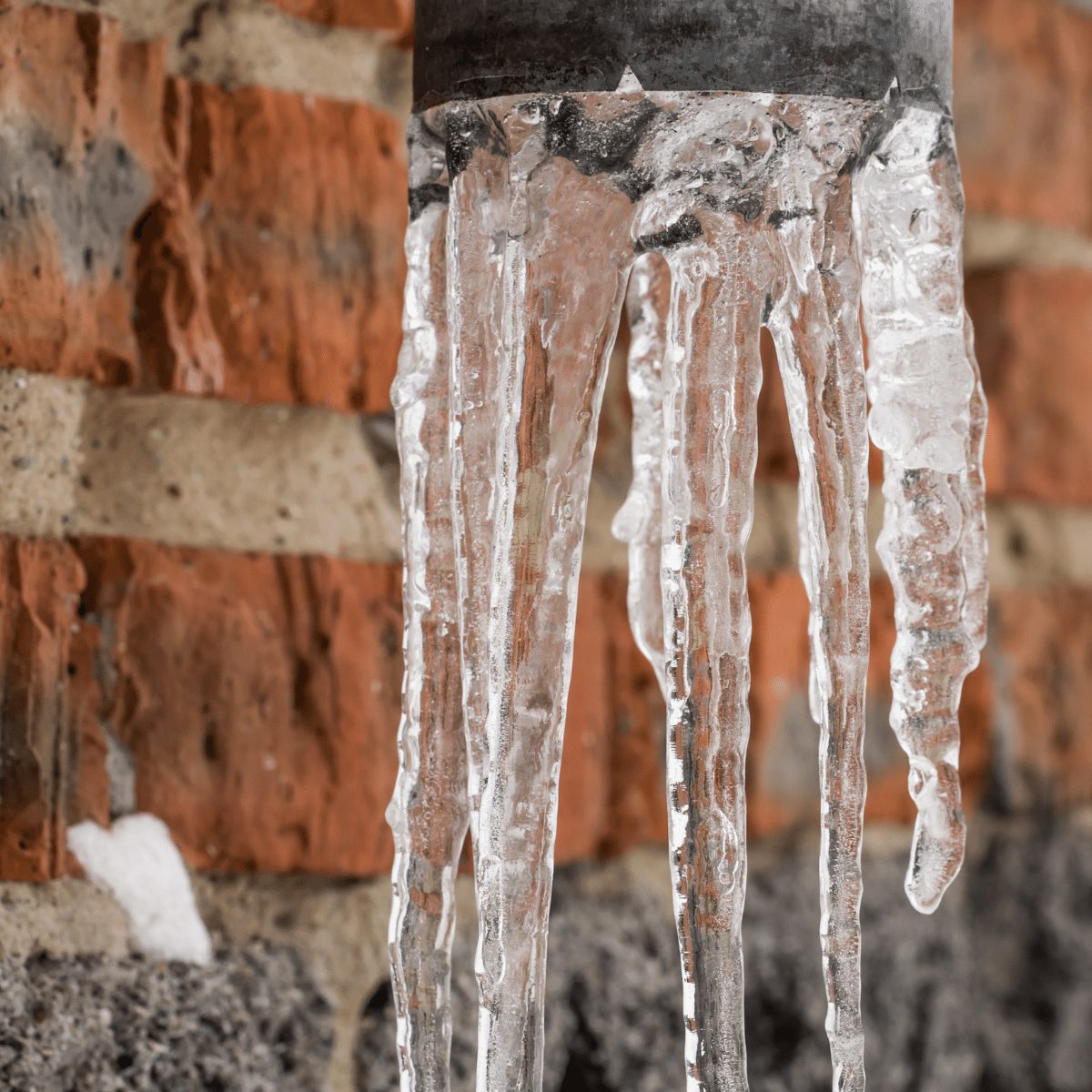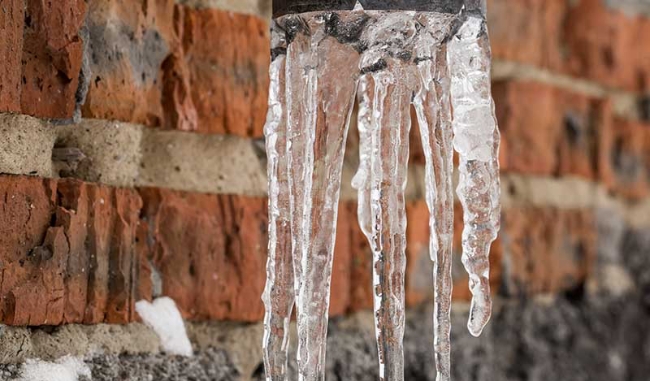Critical Methods for Avoiding Frozen Plumbing in Winter
Critical Methods for Avoiding Frozen Plumbing in Winter
Blog Article
Are you currently trying to find facts on 6 Ways to Prevent Frozen Pipes?

Winter can ruin your plumbing, especially by freezing pipelines. Right here's exactly how to stop it from happening and what to do if it does.
Intro
As temperature levels decline, the threat of icy pipelines boosts, possibly resulting in costly repair services and water damages. Recognizing just how to stop icy pipelines is important for homeowners in chilly environments.
Comprehending Icy Pipelines
What creates pipes to freeze?
Pipes ice up when revealed to temperature levels below 32 ° F (0 ° C) for extended durations. As water inside the pipes ices up, it increases, putting pressure on the pipeline wall surfaces and potentially triggering them to break.
Threats and problems
Icy pipelines can result in water disruptions, property damage, and expensive repairs. Ruptured pipelines can flood homes and trigger considerable architectural damage.
Indicators of Frozen Pipes
Determining frozen pipelines early can avoid them from breaking.
Exactly how to identify icy pipes
Look for lowered water circulation from faucets, uncommon odors or noises from pipes, and visible frost on revealed pipelines.
Avoidance Tips
Insulating at risk pipelines
Cover pipes in insulation sleeves or make use of heat tape to secure them from freezing temperature levels. Concentrate on pipes in unheated or external locations of the home.
Heating techniques
Maintain interior rooms effectively heated, particularly areas with pipes. Open up closet doors to permit cozy air to flow around pipes under sinks.
Securing Outdoor Pipes
Garden hose pipes and outdoor faucets
Detach and drain pipes garden tubes prior to winter. Install frost-proof faucets or cover outside taps with shielded caps.
What to Do If Your Pipes Freeze
Immediate actions to take
If you believe icy pipelines, maintain faucets open to soothe stress as the ice melts. Utilize a hairdryer or towels soaked in hot water to thaw pipes gradually.
Long-Term Solutions
Architectural adjustments
Take into consideration rerouting pipes away from exterior walls or unheated areas. Add additional insulation to attics, cellars, and crawl spaces.
Updating insulation
Purchase top notch insulation for pipes, attics, and wall surfaces. Proper insulation helps maintain consistent temperatures and minimizes the threat of frozen pipelines.
Conclusion
Avoiding icy pipelines needs positive steps and fast feedbacks. By understanding the reasons, signs, and preventive measures, homeowners can protect their plumbing throughout winter.
5 Ways to Prevent Frozen Pipes
Drain Outdoor Faucets and Disconnect Hoses
First, close the shut-off valve that controls the flow of water in the pipe to your outdoor faucet. Then, head outside to disconnect and drain your hose and open the outdoor faucet to allow the water to completely drain out of the line. Turn off the faucet when done. Finally, head back to the shut-off valve and drain the remaining water inside the pipe into a bucket or container. Additionally, if you have a home irrigation system, you should consider hiring an expert to clear the system of water each year.
Insulate Pipes
One of the best and most cost-effective methods for preventing frozen water pipes is to wrap your pipes with insulation. This is especially important for areas in your home that aren’t exposed to heat, such as an attic. We suggest using foam sleeves, which can typically be found at your local hardware store.
Keep Heat Running at 65
Your pipes are located inside your walls, and the temperature there is much colder than the rest of the house. To prevent your pipes from freezing, The Insurance Information Institute suggests that you keep your home heated to at least 65 degrees, even when traveling. You may want to invest in smart devices that can keep an eye on the temperature in your home while you’re away.
Leave Water Dripping
Moving water — even a small trickle — can prevent ice from forming inside your pipes. When freezing temps are imminent, start a drip of water from all faucets that serve exposed pipes. Leaving a few faucets running will also help relieve pressure inside the pipes and help prevent a rupture if the water inside freezes.
Open Cupboard Doors
Warm your kitchen and bathroom pipes by opening cupboards and vanities. You should also leave your interior doors ajar to help warm air circulate evenly throughout your home.

Do you appreciate reading up on How to prepare your home plumbing for winter weather? Leave a review further down. We'd be happy to know your suggestions about this review. In hopes to see you back again later on. So long as you appreciated our blog post kindly remember to share it. Thanks for your time invested reading it.
Browse Website Report this page